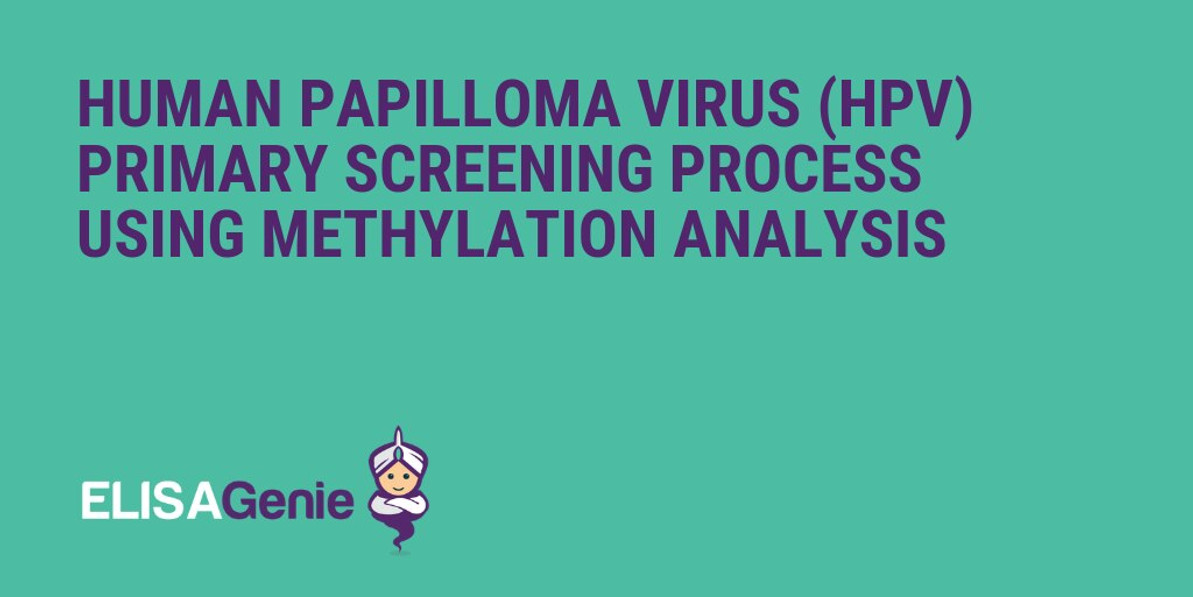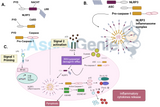Human Papilloma Virus (HPV) Methylation Analysis
Stephen Reynolds, PhD Student, CERVIVA and Trinity College Dublin
We hear almost daily now how everyone in their lifetime will be touched by cancer either directly or through a close family member. Cancer is our modern plague but even though it is so prevalent in modern society every cancer type is unique whether it is down to the type of cell that has become cancerous, it’s location in our body, mutations it’s acquired, was inherited or non-inherited and so forth. It is this lack of homogeneity that means there is no Silver Bullet for cancer treatment and the same is true for the testing and diagnosing cancers that arise in the population. The perfect screening programmes and treatment modalities dont exist yet but with on-going developments in research, development and clinical trials we get closer every year.
So, my area of interest is also regularly in the news, namely cervical cancer. My project is looking at the Human Papilloma Virus (HPV) primary screening process and the triage of positive women using methylation analysis. Sounds complex but is in essence quite simple. HPV is the initiator of the vast majority of cervical cancers, two types in particular HPV16/18 are responsible for around 70% of cervical cancers. Though an exceedingly common infection (most of us will get it at some point) complications (pre-cancers) are few and far between and of those who develop a pre-cancerous lesion only a small percentage will progress into a truly cancerous lesion. Thus, a theory was born decades ago about testing for the HPV virus as an indicator of either cervical cancer or pre-cancer, the logic being HPV is the initiator of cervical cancer, so a negative test means the risk is going to extremely low. With the body of evidence increasing and current technologies improving, that is what several nations have begun to do, namely the Netherlands here in Europe and in Ireland in the near future. This method of HPV screening vs the current method of cytology and PAP testing should capture all women at risk of cervical cancer, but the downside is it will also have a very high rate of false positivity in that there will be a majority of the women who will test positive for HPV but never even progress to a pre-cancer as the infection will be transient and their own body will clear the virus normally. Thus, the need for a triage test to take the large population of women who test positive for HPV and narrow that population down to the women most at risk of cervical cancer/pre-cancer.
This is where the main meat of my PhD is. There is a normal cellular process termed Methylation. Simply it is the on and off switch of DNA. If a DNA’s promotor is methylated that gene won’t produce its mRNA transcript and no associated protein or miRNA. If unmethylated then the DNA region is free to produce the product that is encoded. This is a normal control mechanism of the cell but in cancer this process can be hijacked. In the case of HPV it produces two proteins E6 and E7, both of these proteins interfere with our cells regulatory proteins p16 and Rb (Retinoblastoma protein) which have the knock on effect of deregulating the enzyme that methylates cells, DNMT (DNA Methyl Transferase). When this happens and over time the host cell starts acquiring a new methylation pattern as usually unmethylated genes become methylated due to the increase in the DNMT enzyme. Whether these new methylated sites are to the benefit of HPV or not we can still use this altered methylation profile to identify high risk women. In my research I am looking at three regions in particular, CAD M1 M18, MAL M1 and hsa-mir-124-2. In cervical pre-cancers and cancers these three regions are commonly methylated vs the non-cancerous state where they are unmethylated. Basically, that is the second test, to test for the presence or absence of methylation in these three regions. Those who are HPV positive, but methylation panel negative are, in theory, very low risk and likely transient infections but those who are HPV positive with a positive methylation marker are in theory at high risk of a cervical abnormalities and should be managed as such. At least that’s the theory I’m trying to prove or disprove. To do that the group I work with, CERVIVA in conjunction with CervicalCheck (The National Cervical Screening Programme) are recruiting 13,000 women into a 10 year follow up study aiming to evaluate HPV primary screening and second round tests which include my area of methylation markers but also other possible triage testing options.
Cancer may be the Gordian knot of our time but hopefully this work will help untangle a little bit of the puzzle and help survival rates and quality of life for those who need it.
Recent Posts
-
Inflammasome Activation Pathways: A Comprehensive Overview
Inflammasomes are complex intracellular structures that play a pivotal role in the immune respon …25th Apr 2024 -
Illuminating the Multifaceted Role of Acetylation: Bridging Chemistry and Biology Introduction:
Acetylation, a chemical process characterized by the addition of an acetyl functional group t …16th Apr 2024 -
Understanding IgA Test: Importance, Procedure, and Interpretation
The IgA test, also known as immunoglobulin A test, is a diagnostic tool used to measure the l …15th Apr 2024




